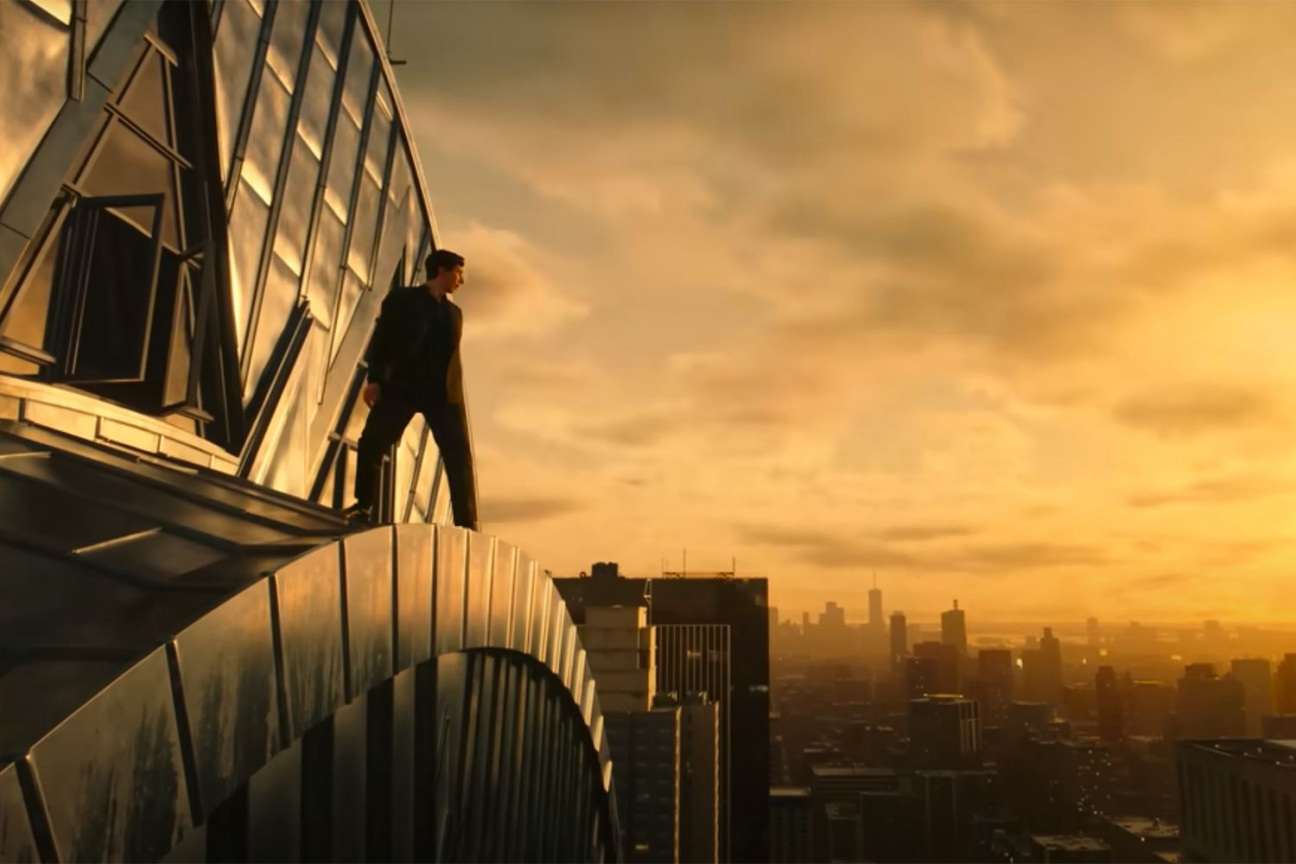
Fritz Lang's Metropolis, 1927, first introduced cinema to the megacity—a maze of hope and despair that has since become a complex symbol in film. Now, as Francis Ford Coppola has unveiled Megalopolis, we reflect on nearly a century of the megacity in cinema.
These cities aren't just backdrops. The megacity reveals layers of our shared anxieties and aspirations. They are characters embodying the spirit of their time—from German expressionism to cyberpunk and beyond. And now we have Coppola’s Megalopolis—decades in the making—which interrogates our fascination with urban utopias and the tension between chaos and order.
To contextualize this cinematic legacy, we’ve curated 11 essential films that chart the evolution of the megacity. These works offer unique perspectives on our expanding urban world, from the literal exploration of urban planning in Urbanized, 2011, to the nuances of isolation and connection in Her, 2013.
Here, CULTURED curates 11 films that explore how fictional metropolises both mirror and challenge our real-world experiences.

Metropolis, 1927
Director: Fritz Lang
Runtime: 153 minutes
Lang's expressionist masterpiece not only pioneered the cinematic megacity but also presciently explored themes of automation, class struggle, and the dehumanizing effects of unchecked technological progress. The film's iconic imagery of a vertically stratified city has become a visual shorthand for urban dystopia, influencing countless works across various media. Beyond its visual impact, Metropolis delves into the moral and philosophical implications of a society divided by wealth and power, questioning the very foundations of urban development.
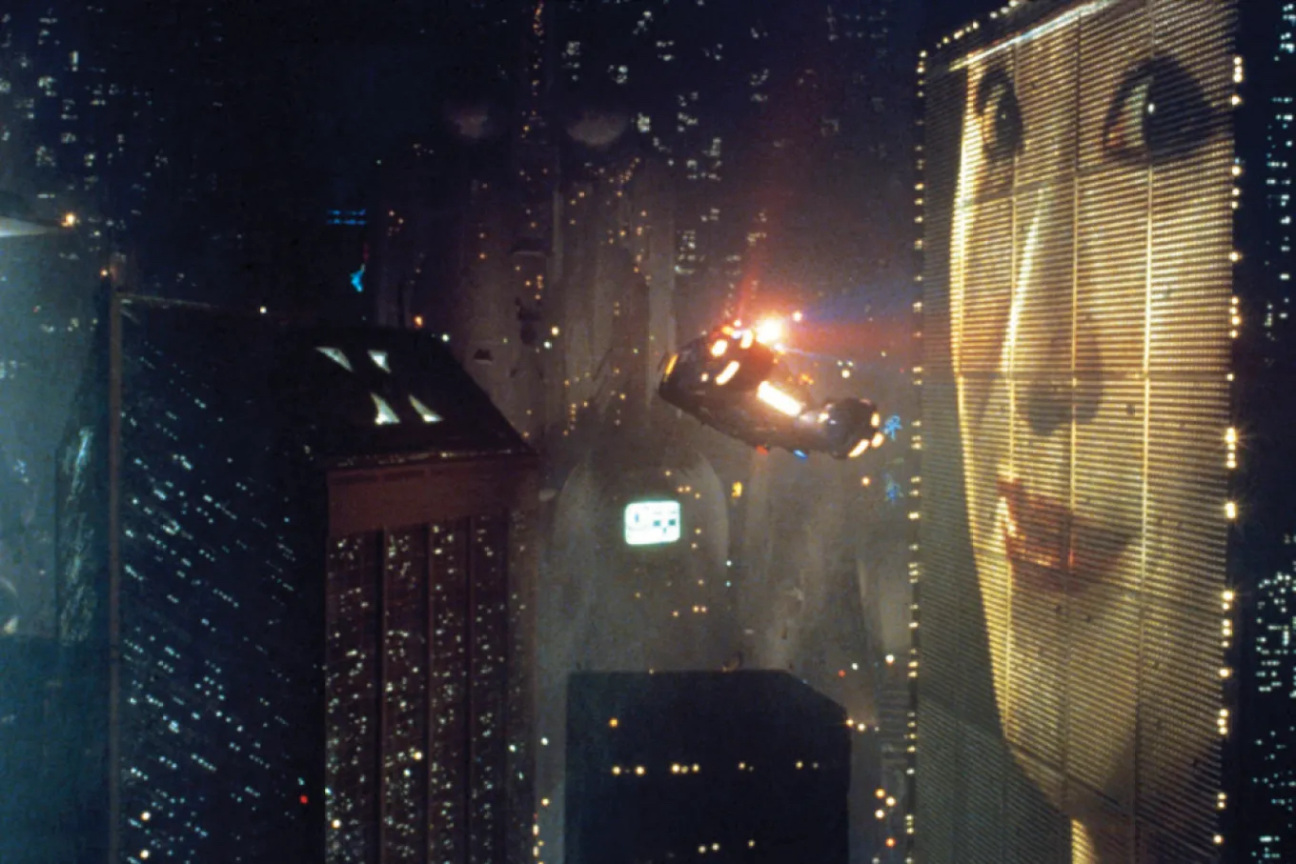
Blade Runner, 1982
Director: Ridley Scott
Runtime: 117 minutes
Scott's neo-noir vision of 2019 Los Angeles is a melange of cultural influences, blending Art Deco architecture with East Asian urban aesthetics to create a uniquely gritty yet alluring cityscape. The film's exploration of what constitutes humanity in an increasingly artificial world is mirrored in its urban setting, where the boundaries between the organic and synthetic blur. Blade Runner questions the very nature of memory, identity, and existence within the confines of a decaying megacity.
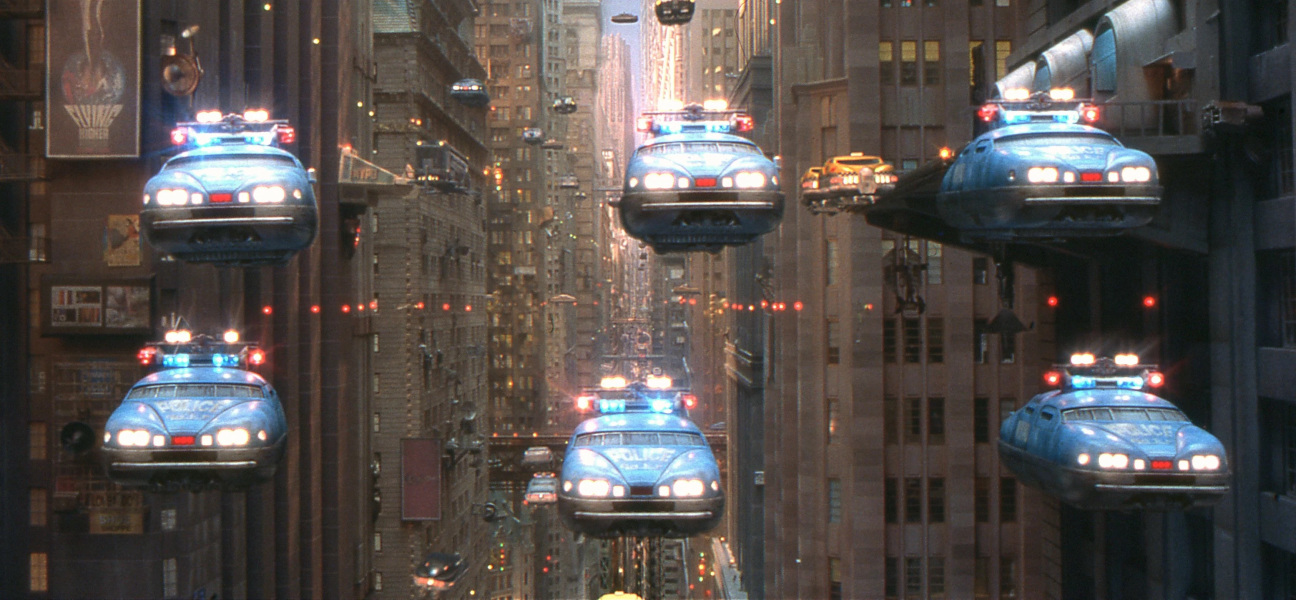
The Fifth Element, 1997
Director: Luc Besson
Runtime: 126 minutes
Besson's vibrant, vertical New York of the 23rd century offers a more optimistic take on the future megacity. While it maintains elements of urban decay and overcrowding, the film infuses its cityscape with a sense of wonder and possibility. Its unique visual style, blending futuristic elements with retro aesthetics, creates a timeless urban landscape.
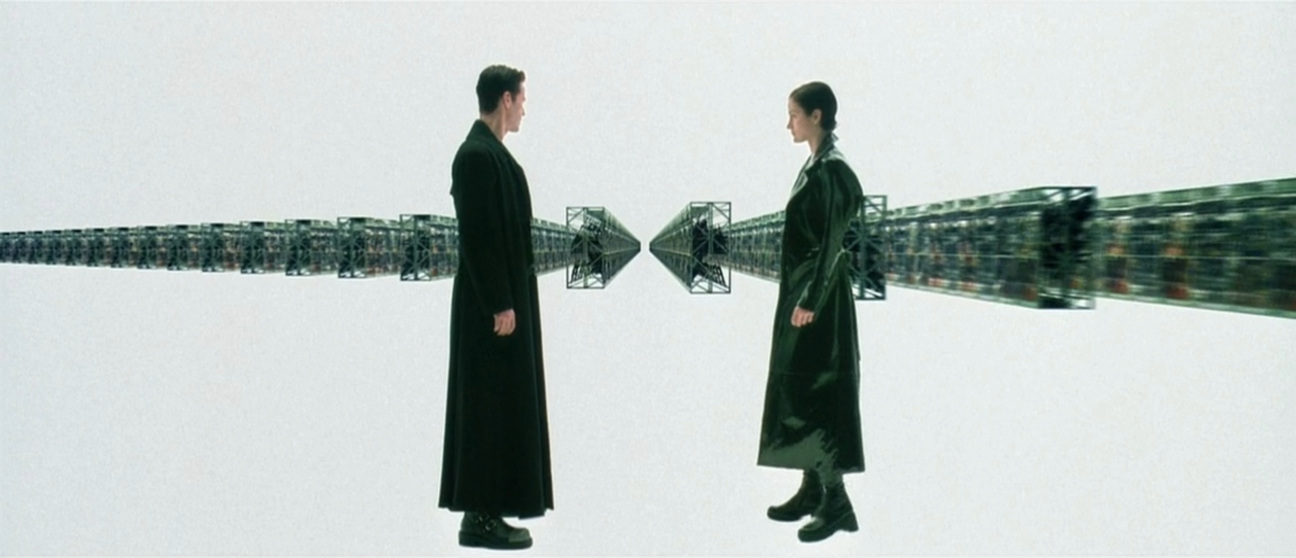
The Matrix, 1999
Directors: The Wachowskis
Runtime: 136 minutes
While not explicitly about a megacity, The Matrix is a profound exploration of urban reality as a construct. The film's depiction of a simulated cityscape raises questions about the nature of perception and the role of technology in shaping our urban experiences. Contrasted with the "real" dystopian city of Zion, the simulated city becomes a metaphor for societal control and the illusory nature of contemporary urban life. This dual portrayal of urban environments invites viewers to question their own relationships with the cities they inhabit.
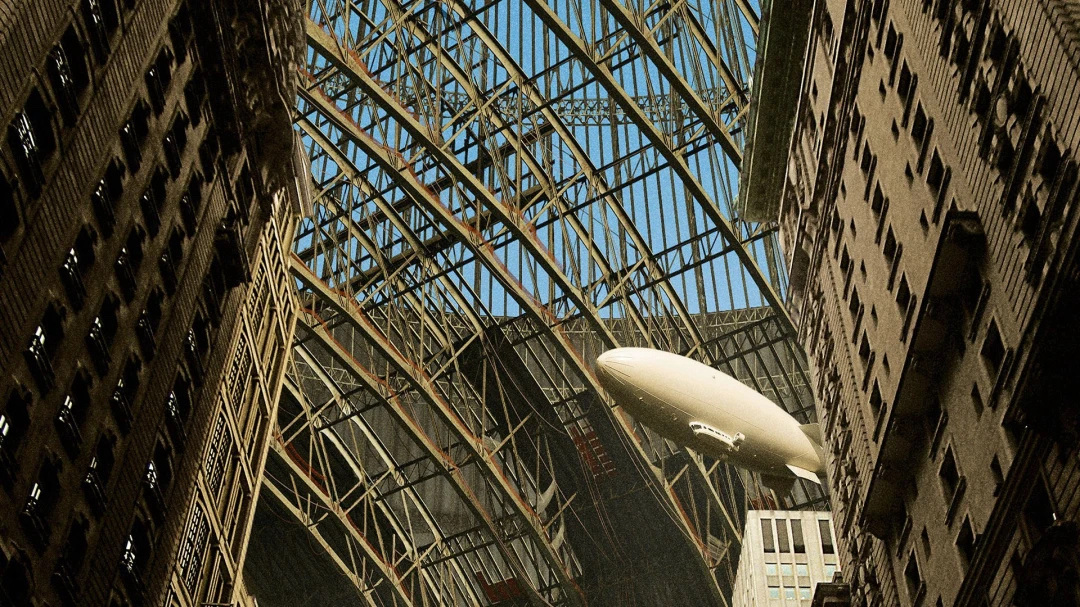
Synecdoche, New York, 2008
Director: Charlie Kaufman
Runtime: 124 minutes
Kaufman's surrealist drama uses the concept of a city within a city as a complex metaphor for the human psyche and artistic process. As the protagonist constructs an ever-expanding replica of New York City within a warehouse, the film blurs the lines between reality and artifice, exploring themes of identity, mortality, and the impossibility of truly capturing the essence of urban life. The constantly evolving miniature city serves as a poignant reflection on the nature of memory and the subjective experience of urban spaces.
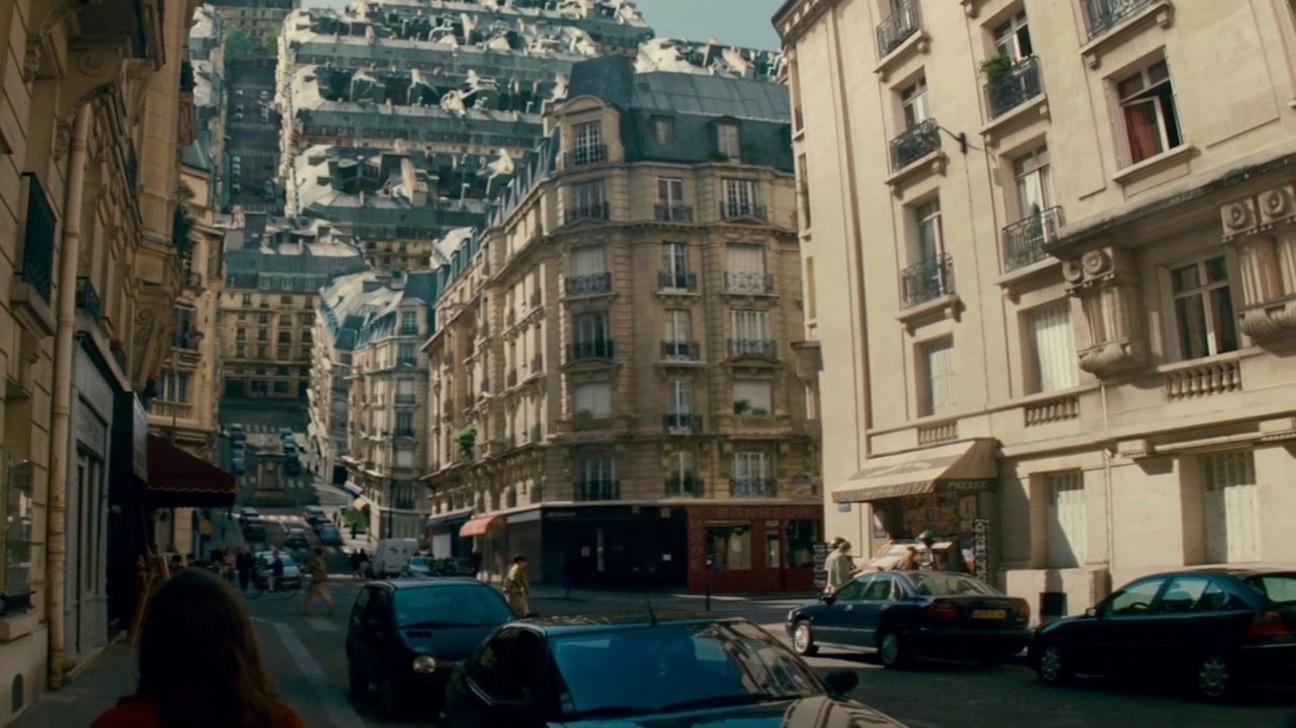
Inception, 2010
Director: Christopher Nolan
Runtime: 148 minutes
This mind-bending thriller uses dream cities as a canvas for exploring the architecture of the subconscious. The film's urban landscapes, which fold and transform in impossible ways, serve as a metaphor for the malleability of perception and memory. By presenting cities as dreamscapes, Inception invites viewers to consider the ways in which our minds shape our understanding and experience of urban environments, blurring the lines between the physical and the psychological aspects of city life.
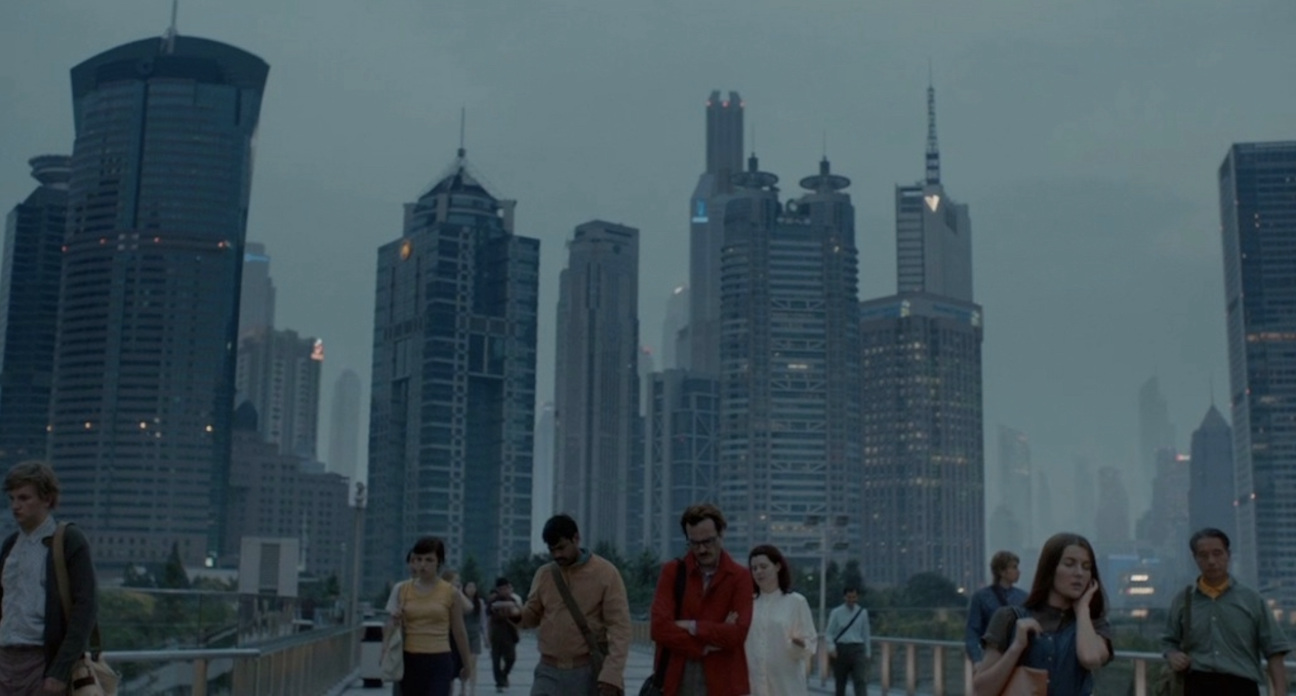
Her, 2013
Director: Spike Jonze
Runtime: 126 minutes
Set in a near-future Los Angeles, Jonze's film explores the intersection of technology, emotion, and urban life. The city's sleek, highly developed environment serves as more than just a backdrop; it becomes a character in itself, reflecting the protagonist's evolving relationship with artificial intelligence. By portraying a softer, more humanistic vision of a future megacity, Her examines how our urban spaces might adapt to and influence our emotional lives in an increasingly digital world.
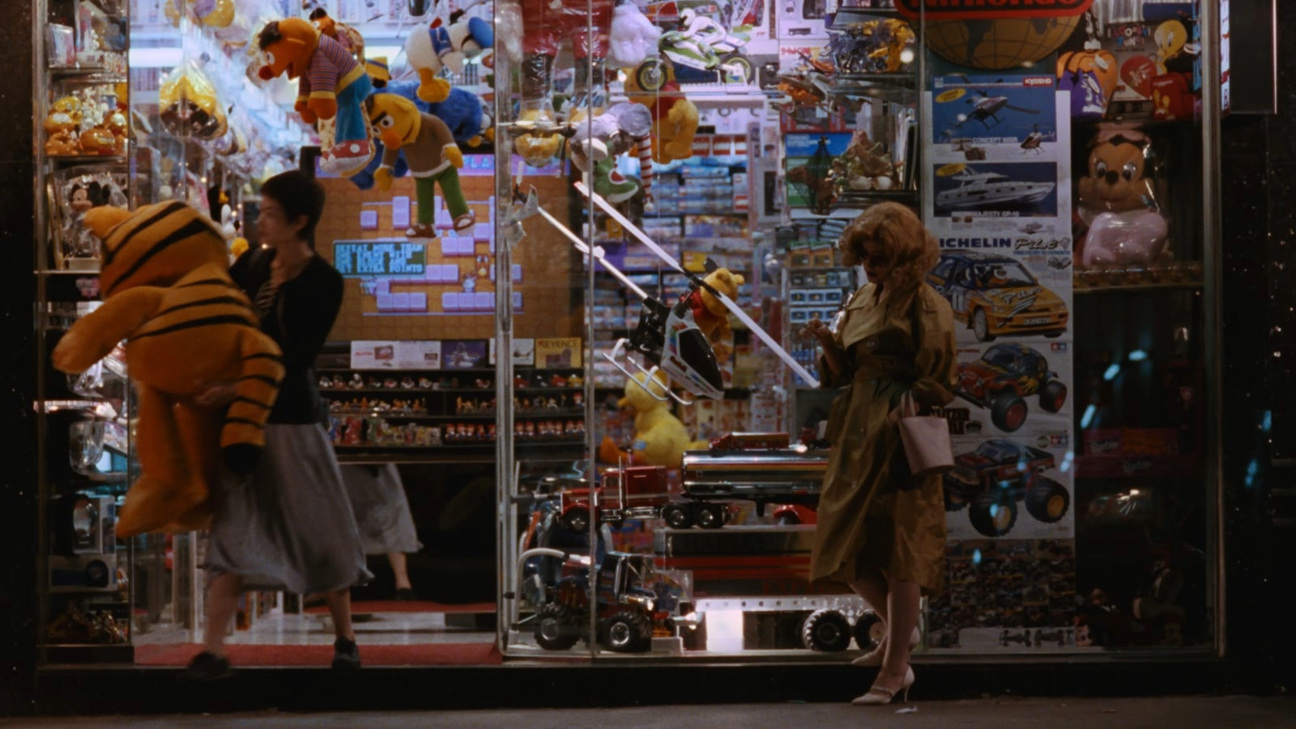
Chungking Express, 1994
Director: Wong Kar-wai
Runtime: 102 minutes
This fragmented narrative captures the frenetic energy and profound isolation of life in Hong Kong's densely populated Tsim Sha Tsui district. Through its innovative cinematography and non-linear storytelling, the film presents the megacity as a space of chance encounters and missed connections. Chungking Express offers a uniquely intimate portrayal of urban life, exploring how individuals navigate and find meaning within the overwhelming complexity of a bustling metropolis.
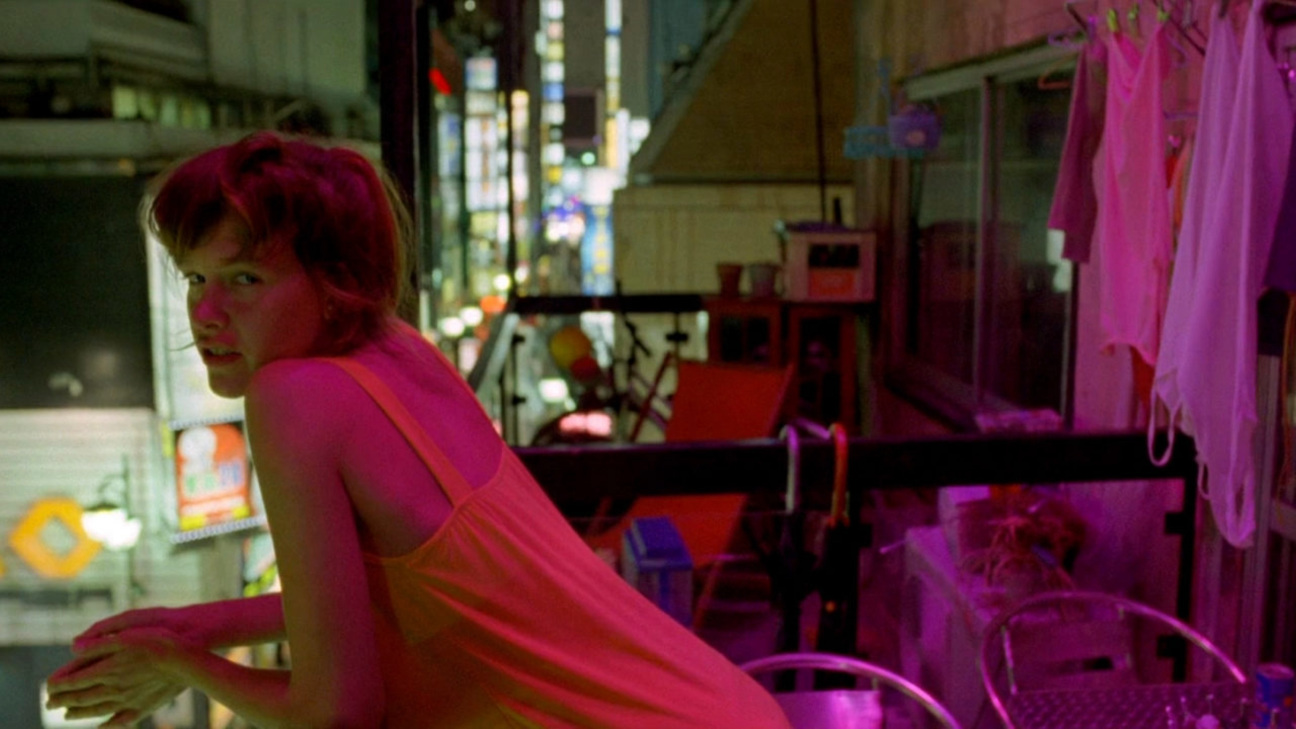
Enter the Void, 2009
Director: Gaspar Noé
Runtime: 161 minutes
Noé's psychedelic journey through Tokyo's neon-drenched underbelly offers a unique perspective on the megacity as seen through the eyes of a disembodied consciousness. The film's hallucinatory visuals and unorthodox narrative structure present the city as a living, breathing organism, pulsing with energy and hidden connections.
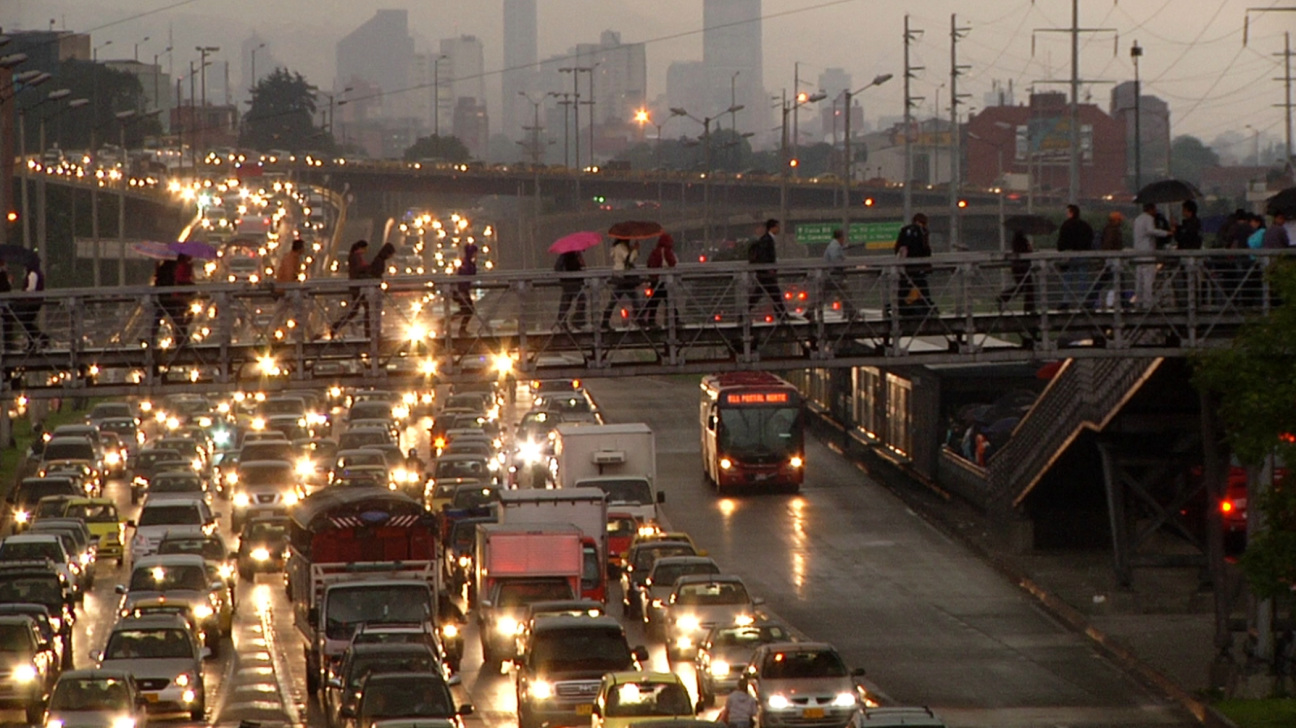
Urbanized, 2011
Director: Gary Hustwit
Runtime: 85 minutes
This documentary takes a more grounded approach to examining megacities, featuring insights from architects, planners, policymakers, and thinkers about the challenges and strategies of urban design. This film offers a thoughtful exploration of how cities are shaped and how they, in turn, shape us. The film serves as a crucial counterpoint to fictional portrayals, grounding the discussion of megacities in current realities and future possibilities.
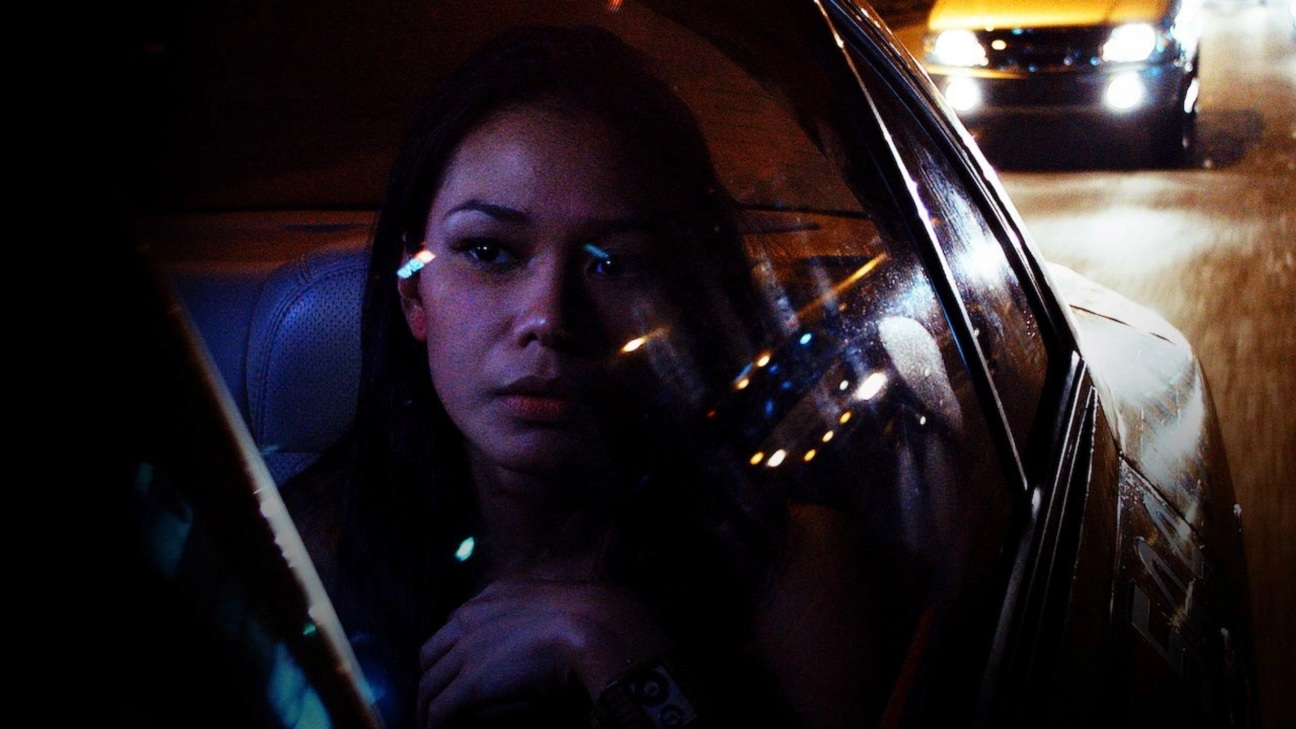
In the Absence of the Sun, 2014
Director: Lucky Kuswandi
Runtime: 95 minutes
Set over one night in Jakarta, Kuswandi's film offers an intimate glimpse into life in a Southeast Asian megacity. By focusing on three women navigating relationships and unexpected encounters, the film explores themes of loneliness, connection, and identity within the urban landscape.

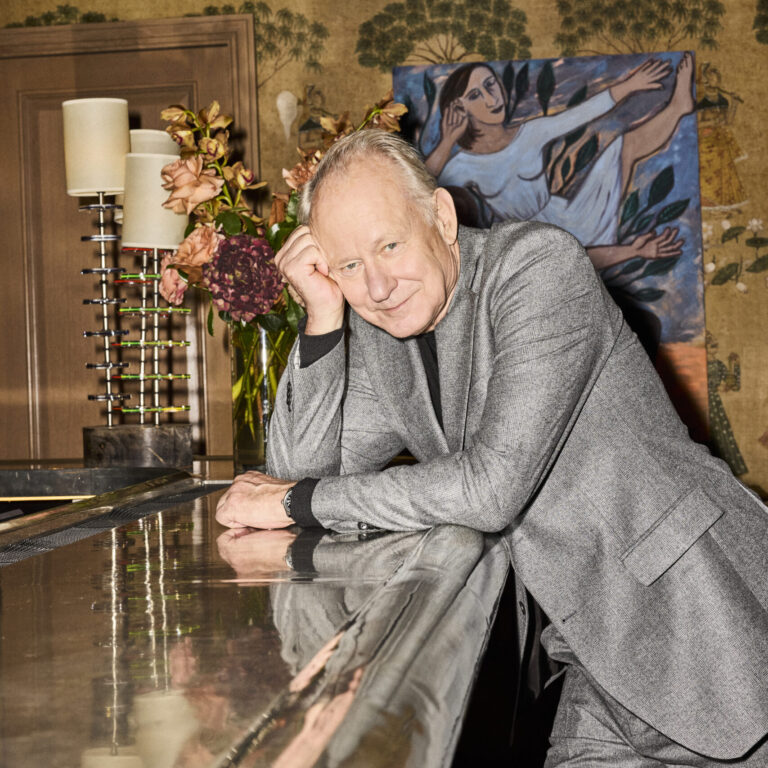

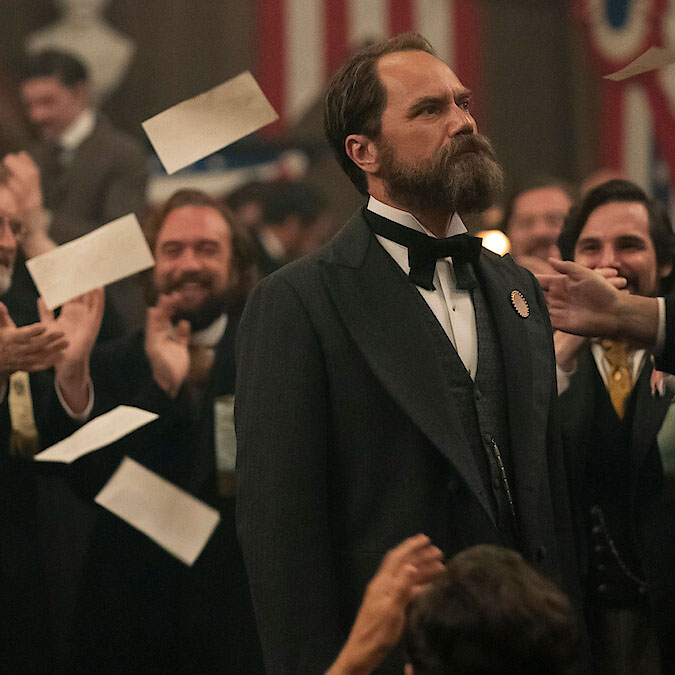
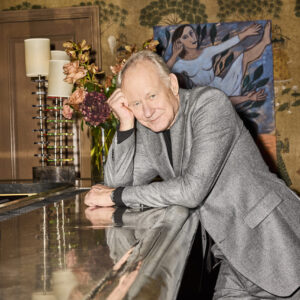
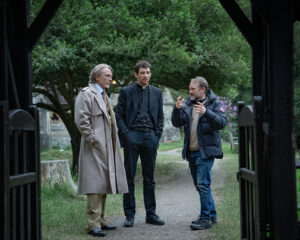
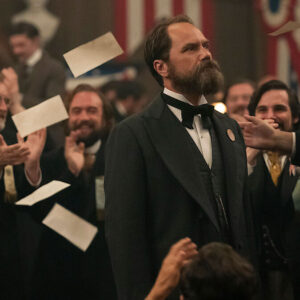



 in your life?
in your life?

